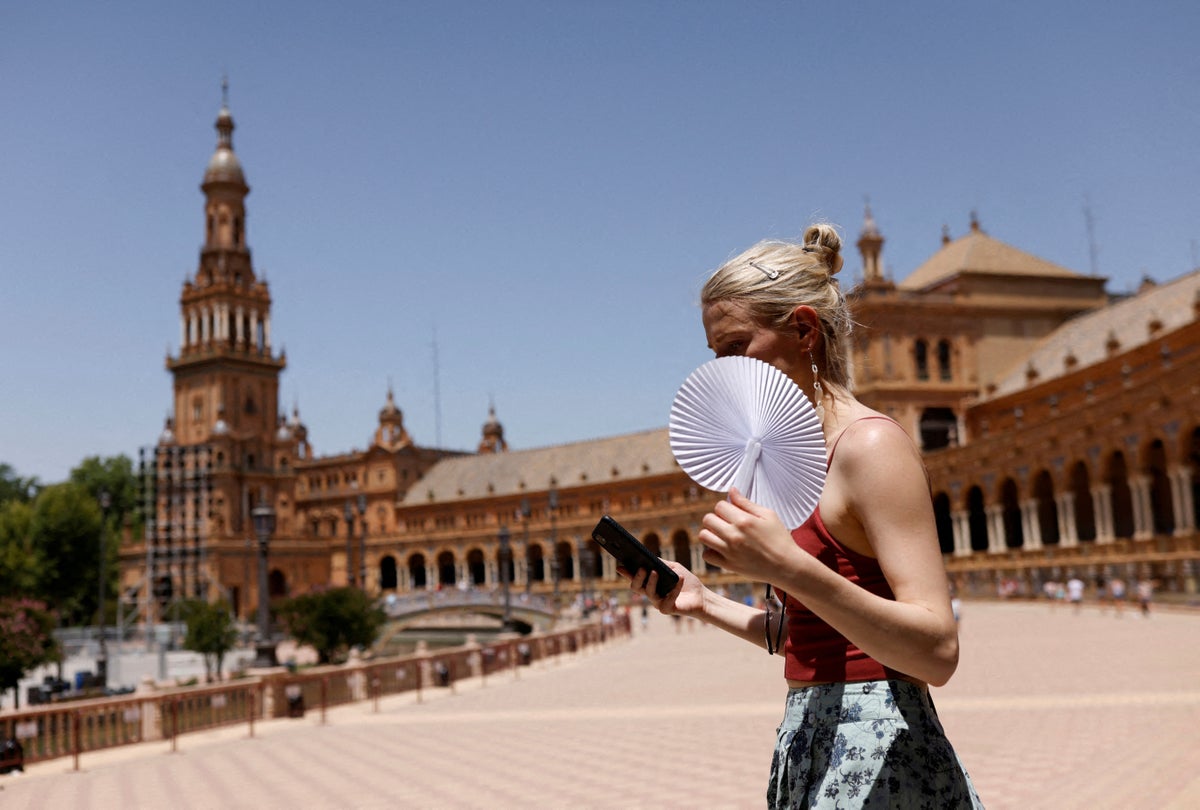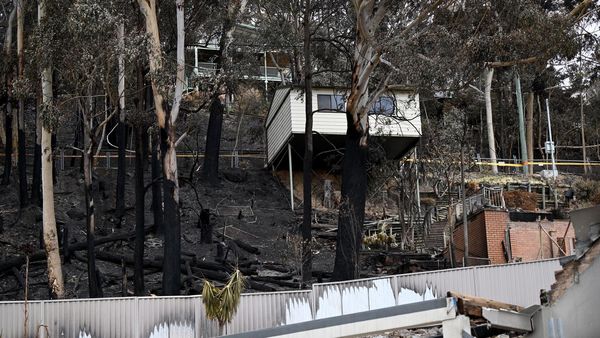
Seville has launched a new pilot project to name and classify the frequent heatwaves that hit the southern Spanish city.
The pioneering system will include three categories and will alert the population up to five days in advance of extreme heat, the town’s mayor Antonio Muñoz announced.
He said: “We are the first city in the world to take a step that will help us plan and take measures when this type of weather event happens.”
In a similar system to the naming of major storms, heatwaves will be given titles in reverse alphabetical order. The first five will be called Zoe, Yago, Xenia, Wenceslao and Vega.
The project has been developed in colloaboration with with the Adrienne Arsht-Rockefeller Foundation Resilience Centre (Arsht-Rock) and a network of meteorological, scientific and academic organisations.
Seville, located in the Guadalquivir River valley in Andalusia, is one of Spain’s hottest places, with temperatures easily surpassing 40C during the summer. It is feared heatwaves and droughts will become more frequent.
In recent weeks, several wildfires have broken out in Spain, which registered its earliest heatwave in more than 40 years, with temperatures rising to 43C in cities like Seville and Cordoba.
“This new method is intended to build awareness of this deadly impact of climate change and ultimately save lives,” said Arsht-Rock director Kathy Baughman McLeod.
A handful of other cities worldwide, such as Melbourne, Athens and Los Angeles, are also working on similar plans to use weather data and public health data to categorise heatwaves.







